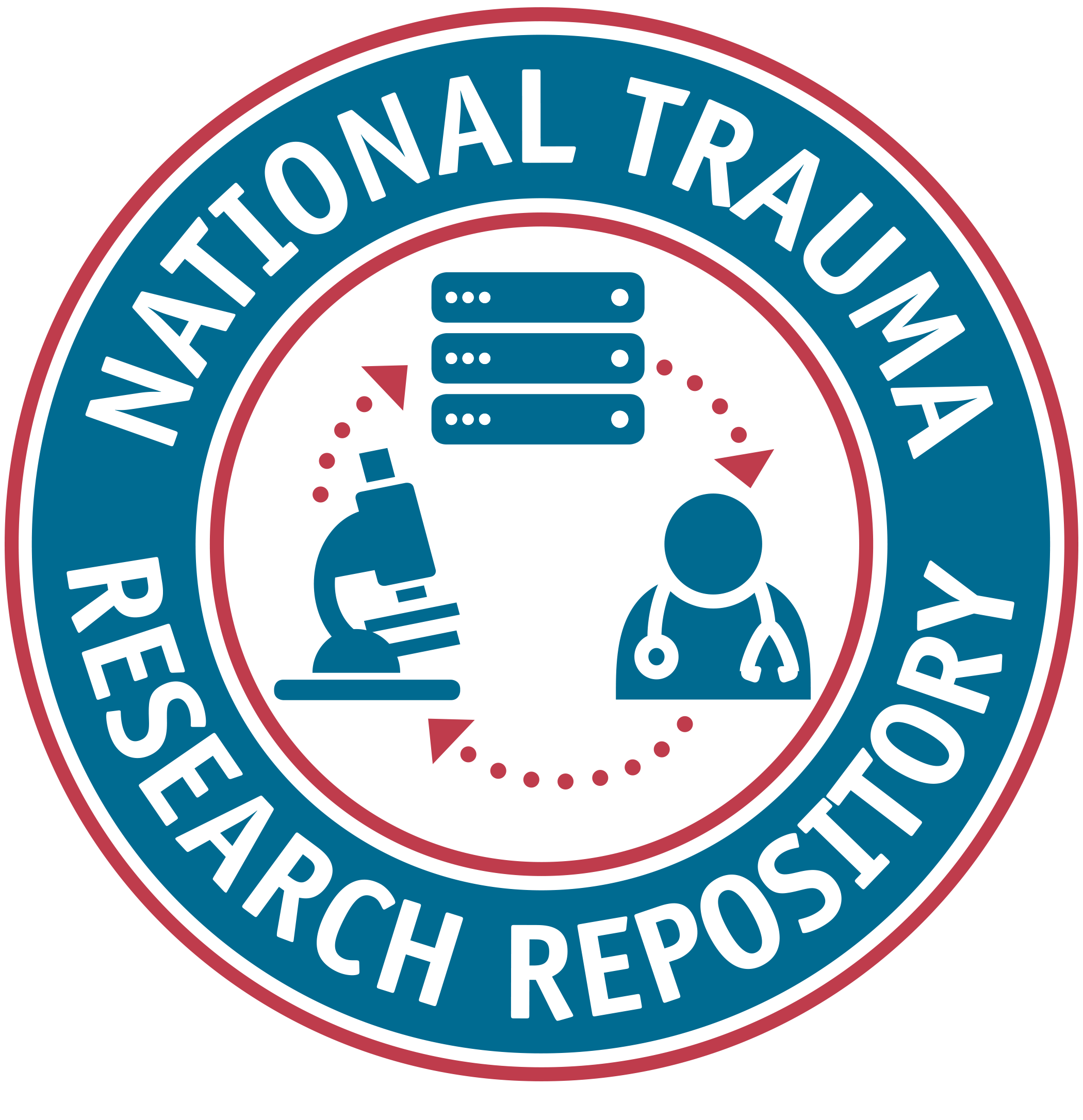Listed below are the details for the data element.
FITBIR
1.0
Element Type
Common Data Element
NIH Toolbox Emotion Positive Affect 18+ - Lighthearted scale
NIHTBPACAT18LightHrtdScl
Short Description
Scale of the particpant report of feeling lighthearted in the past 7 days, for ages 18+, as part of the NIH Toolbox Emotion Positive Affect CAT
Definition
Scale of the particpant report of feeling lighthearted in the past 7 days, for ages 18+, as part of the NIH Toolbox Emotion Positive Affect CAT
Notes
Creation Date
2016-07-12
Historical Notes
References
Modified PANAS-X, Watson, D., Clark, L. A., & Tellegen, A. (1988). Development and validation of brief measures of positive and negative affect: The PANAS scales. Journal of Personality and Social Psychology, 54(6), 1063-107 ; 2) Watson, D. & Clark, L.A. (1994). The PANAS-X: Manual for the Positive and Negative Affect Schedule-Expanded Form. Unpublished manuscript, University of Iowa, Iowa City. Affectometer, Ross Flett -Dr. Ross Flett, New Zealand: r.a.flett@massey.ac.uk, Kammann R, and Ross Flett. (1983).
Affectometer 2: A scale to measure current level of general happiness. Australian Journal of Psychology 35: 259-6. Brief Mood Introspection Scale (BMIS), BMIS is a free-ware mood scale Mayer, J. D., & Gaschke, Y. N. (1988). The experience and meta-experience of mood. Journal of Personality and Social Psychology, 55, 102-111. Mental Health Inventory (MHI) FACIT-SP, David Cella. Copyright 2006-2012 National Institutes of Health and Northwestern University
Data Type
Alphanumeric
Input Restrictions
Single Pre-Defined Value Selected
Population
Adult
Guidelines/Instructions
The NIH Toolbox Positive Affect Survey is a self-report measure that assesses both activated (i.e., happiness, joy) as well as unactivated (i.e., serenity, peace) aspects of Positive Affect. Computer Adaptive Testing (CAT) versions are used for ages 13 to 17 and 18-85; a 12-item fixed length form is used for ages 8-12, and a Computer Adaptive Test is used for the Parent-Report version with ages 3 to 7 In addition, fixed length forms are available for ages 18-85 Self-Report and ages 3-12 Parent Report, as supplemental measures. Each item administered has a 5-point scale with options ranging from not at all to very much. Higher scores are indicative of more positive affect.
Preferred Question Text
In the past 7 days, I felt lighthearted.
Category Groups and Classifications
| Disease | Domain | Sub-Domain |
|---|---|---|
| General (For all diseases) | Assessments and Examinations | Physical/Neurological Examination |
| Traumatic Brain Injury | Outcomes and End Points | Psychiatric and Psychological Status |
Classification
Traumatic Brain Injury:
Supplemental
Epidemiology
Moderate/Severe TBI: Rehabilitation
Acute Hospitalized
Concussion/Mild TBI
General (For all diseases):
Supplemental
Keywords
EmotionBattery
NIHToolbox
Postive_Affect
Labels





